What Is a Tent Wind Rating?
Dec 10, 2023
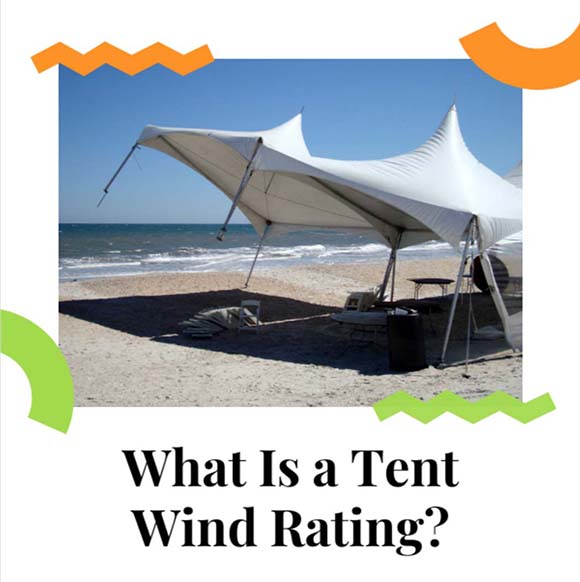
Renting a tent can be an excellent way to keep guests at an event protected from the weather or to provide a sheltered space for storing or preparing food or a number of other uses. However, it’s important to take wind into account when you’re renting a tent. A windy day could send your tent flying if it doesn’t have the appropriate wind rating.
How Much Wind Can a Tent Take?
The average tent can withstand up to 20 or 30 mph winds. This is without any stakes or anything else to secure it in place.
What Is an Engineered Tent?
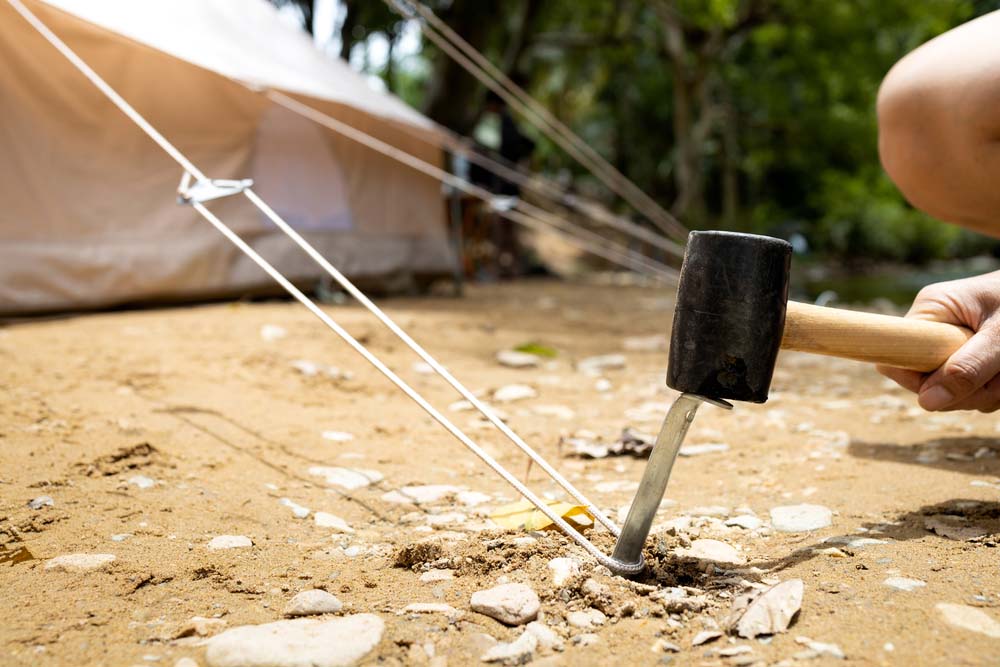
An engineered tent is a type of event tent that was made specifically to withstand wind. The manufacturers would have engineers test the tent to ensure that it could withstand the amount of wind it was designed to be rated for.
How Much Wind Can an Engineered Tent Withstand?
Different engineered tents can withstand different amounts of wind, but on average, they can take up to 60 mph continuous winds with 80 mph gusts lasting 3 seconds or less. Before you purchase or rent a tent, you should be able to determine exactly what speed winds or what rating on the Beaufort Wind Scale the tent is designed for.
Tent Stakes
Make sure that the tent is properly staked or it won’t be able to withstand the wind it’s rated for.
What Is the Beaufort Wind Scale?
The Beaufort Wind Scale was designed in 1805 by the British Admiral Sir Francis Beaufort, who developed the scale to aid sailors in estimating the strength of the wind. There are two versions of the scale: one for use on sea and the other for use on land. The Beaufort Wind Scale is actually still in use today.
What Are the Wind Ratings on the Beaufort Wind Scale?
The Beaufort Wind Scale goes from 0 to 12 and ranks winds based on miles per hour (or knots per hour, if you’re at sea) and also includes a useful description of what to look for so that you can visually determine the speed without special tools.
Force 0
Calm: 0 to 1 Mph
0 on the Beaufort scale is described as calm, with winds of less than 1 mph. If you made a fire, the smoke would rise completely vertically.
Force 1
Light Air: 1 to 3 Mph
1 is described as having light air with winds between 1 and 3 miles per hour. Smoke from a fire would have some drift, but weather vanes wouldn’t move.
Force 2
Light Breeze: 4 to 7 Mph
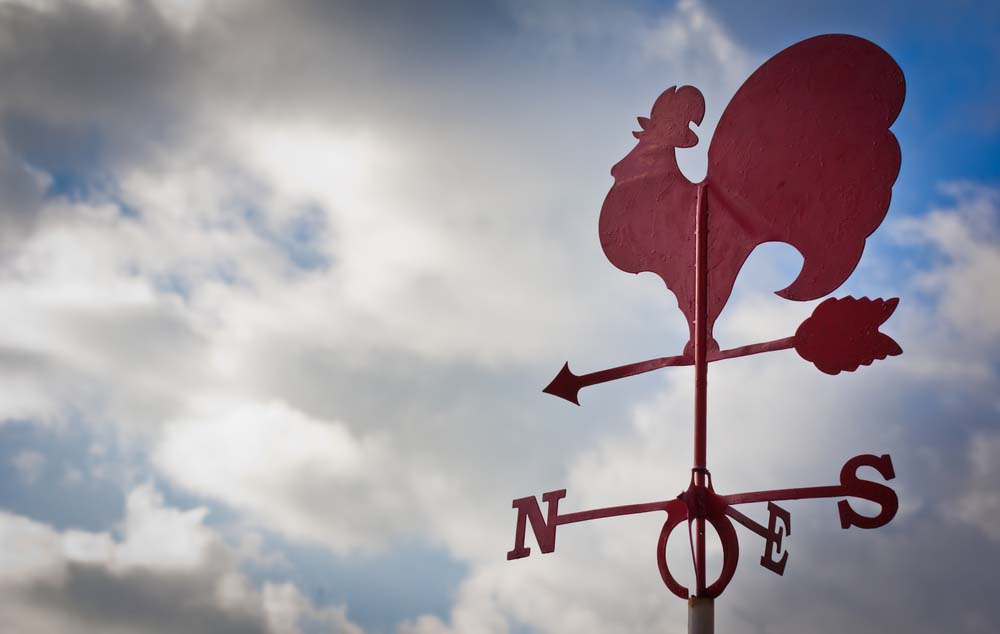
2 is a light breeze ranging from 4 to 7 mph. At this stage, you can feel the wind on your face and standard weather vanes will start to move in the breeze.
Force 3
Gentle Breeze: 8 to 12 Mph
A gentle breeze is characteristic of Beaufort Force 3. It can range from 8 to 12 mph and at this rating, you’ll see twigs and leaves in motion. Lightweight flags will also extend into the breeze.
Force 4
Moderate Breeze: 13 to 18 Mph
A moderate breeze of 13 to 18 miles per hour is Force 4. At this rating, small branches will move, as will dust and loose papers.
Force 5
Fresh Breeze: 19 to 24 Mph
If you can see small trees with leaves swaying in the breeze and crested wavelets forming on lakes and ponds, that’s Force 5, which is described as a fresh breeze from 19 to 24 mph.
Force 6
Strong Breeze: 25 to 31 Mph
Force 6 is described as a strong breeze between 25 and 31 miles per hour. In this type of wind, you’ll see even larger branches on trees swaying in the breeze. You’ll be able to hear a whistling sound in telegraph wires and it will be difficult to use an umbrella.
Force 7
Near Gale: 32 to 38 Mph
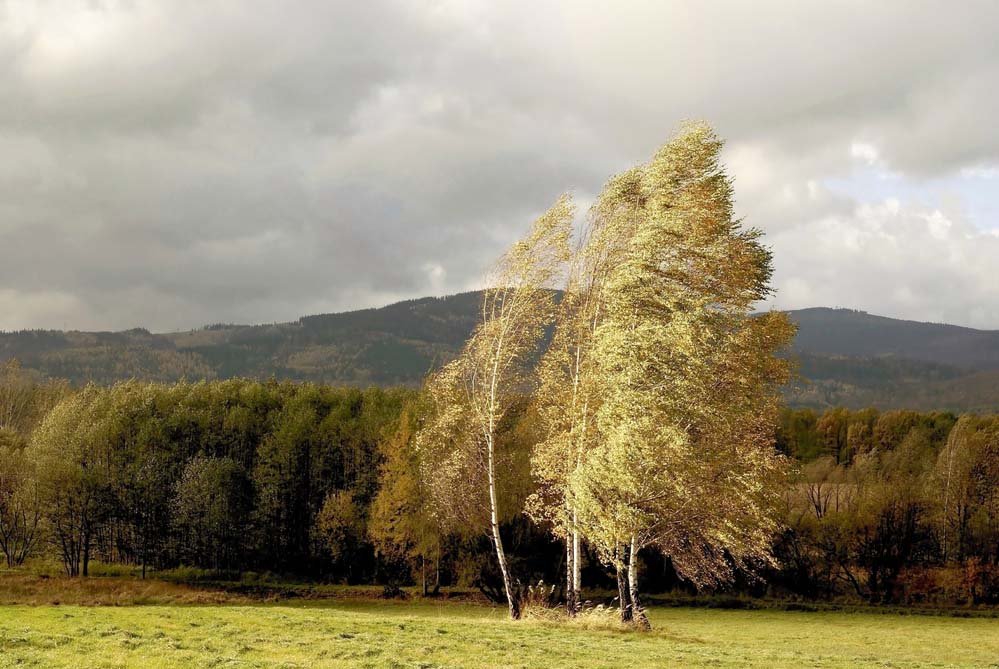
A near gale of between 32 and 38 mph is classified as Force 7. At this stage, you’ll see entire trees moving in the wind. People may feel some inconvenience if they have to walk against the wind.
Force 8
Gale: 39 to 46 Mph
Force 8 is a gale of 39 to 46 mile-per-hour winds. Twigs will start breaking off of trees and people having to walk against the wind may be impeded.
Force 9
Strong Gale: 47 to 54 Mph
A strong gale involves winds of 47 to 54 miles per hour. Slight structural damage can occur on buildings at this point. For example, slates and chimney pots can move.
Force 10
Storm: 55 to 63 Mph
At Force 10, winds are described as a storm and can reach speeds of between 55 and 63 miles per hour. Winds of this strength aren’t often experienced inland and can uproot trees and cause some significant structural damage to buildings.
Force 11
Violent Storm: 64 to 72 Mph
A violent storm is Force 11 on the Beaufort Wind Scale and involves winds of between 64 and 72 miles per hour. These winds can cause widespread damage.
Force 12
Hurricane: 73 to 83 Mph
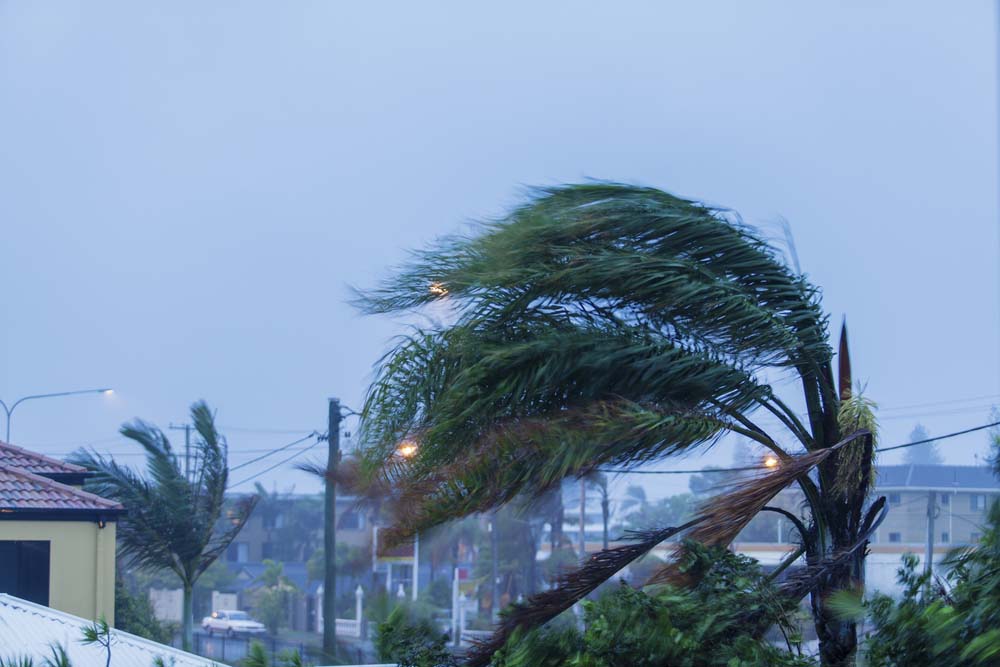
Floridians and others living along the eastern coast of the United States or the Gulf area are familiar with hurricane-force winds. These are the strongest winds and can reach up to 83 miles per hour. Winds can get stronger than this, but they start being classified as different categories of hurricanes.
Tent Safety in Strong Winds
Safety is the most important factor for any event. Make sure that you follow all instructions for use of the tents in strong winds. It’s also a good idea to have the tent professionally put up by the company you’re renting it from. They’ll be more experienced in the setup and can better ensure the stakes are done properly. If the winds get very strong, you may need to take down any sidewalls that you may have so that the wind can flow through the tent.
For informational purposes only.